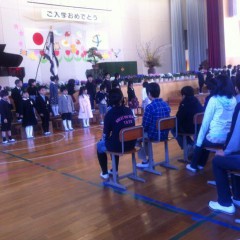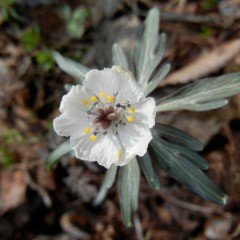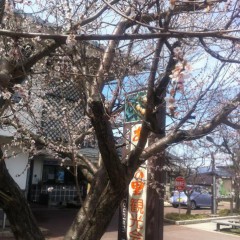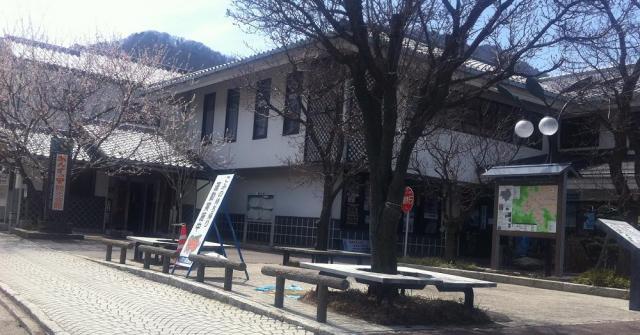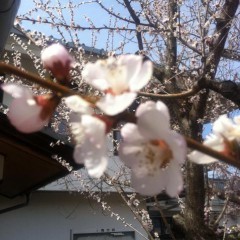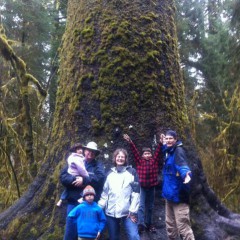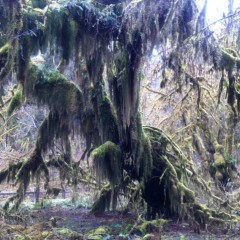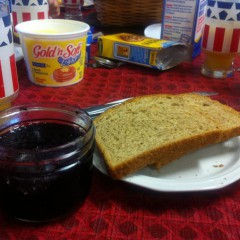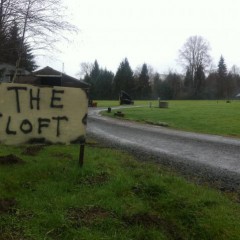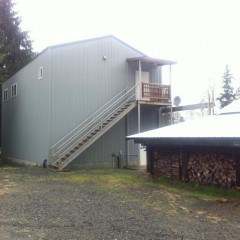
So this is 'Onsen' in Washington State
日本にいる時に、温泉の話をするとよく聞かれるのが「アメリカにも温泉がある?」
まあ、ない事はないけど、日本ほどの温泉「文化」がないですね。その中で、私の地元のワシントン州でいくつかの温泉があります。一番(?)知られているのはオリンピック半島にあるソルダック温泉。
今回の里帰りにアメリカなりの温泉を体験する為にソルダックに行ってみました。一度ドイツのバーデンバーデンに行った事があり、そこのお風呂はぬるくて(35℃)、水着を穿いて入るプールでした。お湯は日本の温泉ほど質が良くなくて、少しがっかりでした。
さあ、ソルダックは日本の「温泉」か欧州の「バッド」のどちらに近いでしょうか?
水着を穿いて入る様になっていて、お風呂はコンクリートで出来ていて、少し欧風でした。しかし、入ってみたら、熱かった!(41℃ぐらい) そして、硫黄の香りはたっぷりあって(上山田温泉の負け?)、肌がすべすべになった(それこそ、上山田の負け?)。 お風呂はコンクリートであまり風情はなかったけど、周辺の森が自然で良い背景でした。
管理者に聞いたら、源泉が49℃で熱交換で温度を少し低くして蛇口が約42度で湯船が約40℃と仰いました。100%「フロースルー」(かけ流し)で、薬を使っていないそうです。なかなか良いお湯で気持ち良かった。
一番びっくりしたのはお客さんの半分がロシア語を喋っていました。管理者に聞いたら、日本人のお客さんも少しいらっしゃるけど、50%がロシア人とウクライナ人だそうです。その方がは「バンニャ」の文化があって、温泉が大好きだそうです。シアトルにもロシア風のバンニャもあるそうです。
今度、それも行って見なきゃ。
取り敢えず、ソルダック温泉はお風呂がコンクリートでイマイチ、裸で入れないのは残念だが、周りの景色が良くて、お湯自体が最高で、大変うれしかった。里帰り中でずっとシャワーで我慢していたけど、やっと温泉に入れてほっとしました。(我がままかな?)
Many times people in Japan ask me if there are 'onsen' (hot springs) in the States. While there's nothing to match Japan's onsen culture, there are a few hot springs in America. One of the better known ones in my home state of Washington is Sol Duc Hot Springs on the Olympic Peninsula.
This time around during my annual trip home, I wanted to go to Sol Duc and see what an American hot spring resort is like. Many moons ago, I had been to Baden Baden in Germany, a typical European 'onsen'. The bath temperatures were cooler (approx. 95 deg F) and people wore bathing suits in what was basically an outdoor pool. While it was supposedly natural mineral water, there was none of that strong sulfur smell like in a lot of Japanese onsens.
So, how is Sol Duc -- like a European 'bad', or a Japanese 'onsen'? First imression was 'bad', as in concrete pools and everyone wearing bathing suits. But then you take a dip in the baths, and you realize the water is nice and hot (approx. 104 deg F) with a hearty sulfur smell (even more so than our Kamiyamada Onsen water) and a velvety soft touch on the skin (again, even more than Kamiyamada's)! And while the baths themselves are plain concrete, you can take in the view of the peaceful forest as you bathe.
The attendant told me the onsen source is 120 deg F and they cool it using a heat exchanger so it comes to the baths at 108 deg F. And it is 100% flow-through (or 'kake-nagashi' as they say in Japanese) so they don't have to use chlorine or any other nasty chemicals. They tap into the onsen water that flows naturally to the surface, at a tune of 40 gallons (approx. 150 liter) per minute. For comparison, Kamesei receives 50 liters of onsen water per minute.
The thing that most surprised me about Sol Duc was half of the guests were speaking Russian. According to the attendant, they have a few Japanese guests but 50% of their customers are Russian or Ukranian. Apparently 'Banya' spas are a strong part of their culture. In fact, there is even a Russian-styled Banya in Seattle.
Next time I'm home, I'll have to check it out!
For this trip, I had been putting up with a shower the whole time, so finally getting to take an onsen bath at Sol Duc was wonderful. (I am spoiled by Kamesei's onsen baths!)
ソルダック温泉のHPはこちらClick here for Sol Duc Hot Spring's website
シアトルのバンニャのHPはこちらClick here for Seattle's Banya 5 website
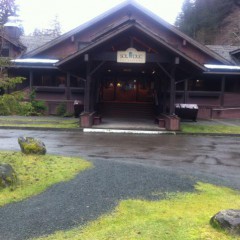
The Sol Duc resort building

